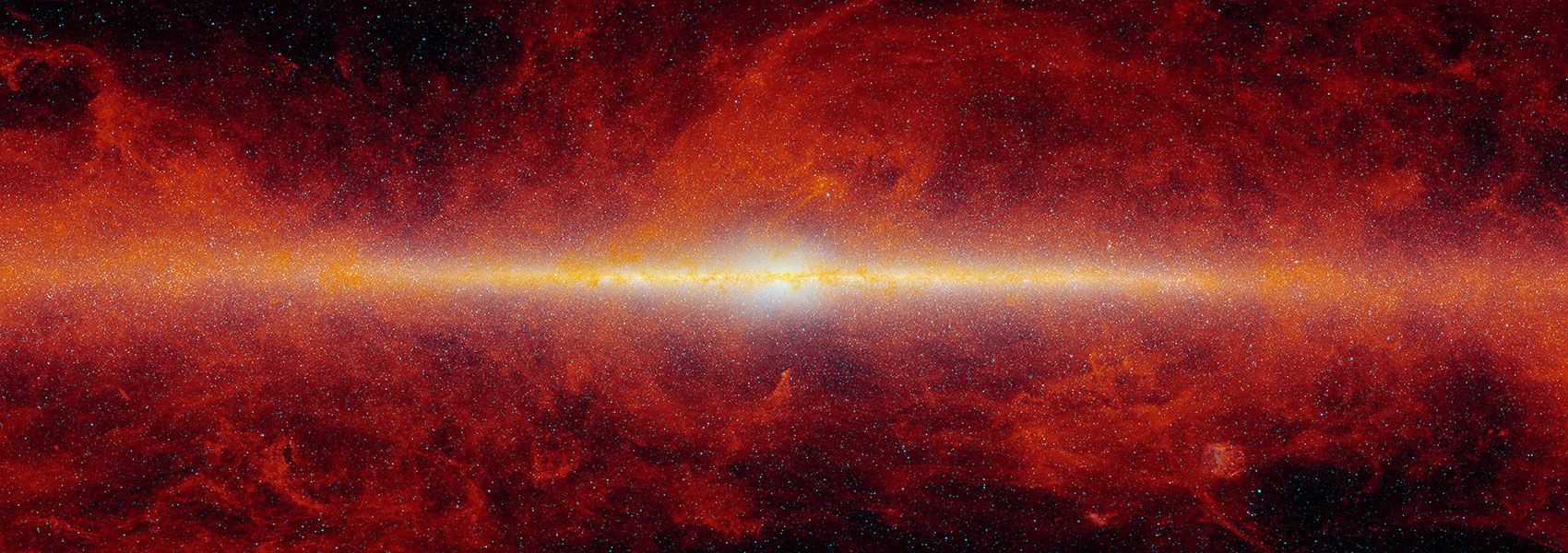August
2021
•
2021AJ....162...79C
Authors
•
Cloutier, Ryan
•
Charbonneau, David
•
Stassun, Keivan G.
•
Murgas, Felipe
•
Mortier, Annelies
•
Massey, Robert
•
Lissauer, Jack J.
•
Latham, David W.
•
Irwin, Jonathan
•
Haywood, Raphaëlle D.
•
Guerra, Pere
•
Girardin, Eric
•
Giacalone, Steven A.
•
Bosch-Cabot, Pau
•
Bieryla, Allyson
•
Winn, Joshua
•
Watson, Christopher A.
•
Vanderspek, Roland
•
Udry, Stéphane
•
Tamura, Motohide
•
Sozzetti, Alessandro
•
Shporer, Avi
•
Ségransan, Damien
•
Seager, Sara
•
Savel, Arjun B.
•
Sasselov, Dimitar
•
Rose, Mark
•
Ricker, George
•
Rice, Ken
•
Quintana, Elisa V.
•
Quinn, Samuel N.
•
Piotto, Giampaolo
•
Phillips, David
•
Pepe, Francesco
•
Pedani, Marco
•
Parviainen, Hannu
•
Palle, Enric
•
Narita, Norio
•
Molinari, Emilio
•
Micela, Giuseppina
•
McDermott, Scott
•
Mayor, Michel
•
Matson, Rachel A.
•
Martinez Fiorenzano, Aldo F.
•
Lovis, Christophe
•
López-Morales, Mercedes
•
Kusakabe, Nobuhiko
•
Jensen, Eric L. N.
•
Jenkins, Jon M.
•
Huang, Chelsea X.
•
Howell, Steve B.
•
Harutyunyan, Avet
•
Fűrész, Gábor
•
Fukui, Akihiko
•
Esquerdo, Gilbert A.
•
Esparza-Borges, Emma
•
Dumusque, Xavier
•
Dressing, Courtney D.
•
Fabrizio, Luca Di
•
Collins, Karen A.
•
Cameron, Andrew Collier
•
Christiansen, Jessie L.
•
Cecconi, Massimo
•
Buchhave, Lars A.
•
Boschin, Walter
•
Andreuzzi, Gloria
Abstract
•
Studies of close-in planets orbiting M dwarfs have suggested that the M-dwarf radius valley may be well explained by distinct formation timescales between enveloped terrestrials and rocky planets that form at late times in a gas-depleted environment. This scenario is at odds with the picture that close-in rocky planets form with a primordial gaseous envelope that is subsequently stripped away by some thermally driven mass-loss process. These two physical scenarios make unique predictions of the rocky/enveloped transition's dependence on orbital separation such that studying the compositions of planets within the M-dwarf radius valley may be able to establish the dominant physics. Here, we present the discovery of one such keystone planet: the ultra-short-period planet TOI-1634 b (P = 0.989 days, $F=121{F}_{\oplus }$, ${r}_{p}={1.790}_{-0.081}^{+0.080}$ R⊕) orbiting a nearby M2 dwarf (Ks = 8.7, Rs = 0.450 R⊙, Ms = 0.502 M⊙) and whose size and orbital period sit within the M-dwarf radius valley. We confirm the TESS-discovered planet candidate using extensive ground-based follow-up campaigns, including a set of 32 precise radial velocity measurements from HARPS-N. We measure a planetary mass of ${4.91}_{-0.70}^{+0.68}$ M⊕, which makes TOI-1634 b inconsistent with an Earth-like composition at $5.9\sigma $ and thus requires either an extended gaseous envelope, a large volatile-rich layer, or a rocky composition that is not dominated by iron and silicates to explain its mass and radius. The discovery that the bulk composition of TOI-1634 b is inconsistent with that of Earth supports the gas-depleted formation mechanism to explain the emergence of the radius valley around M dwarfs with ${M}_{s}\lesssim 0.5$ M⊙.
Links




